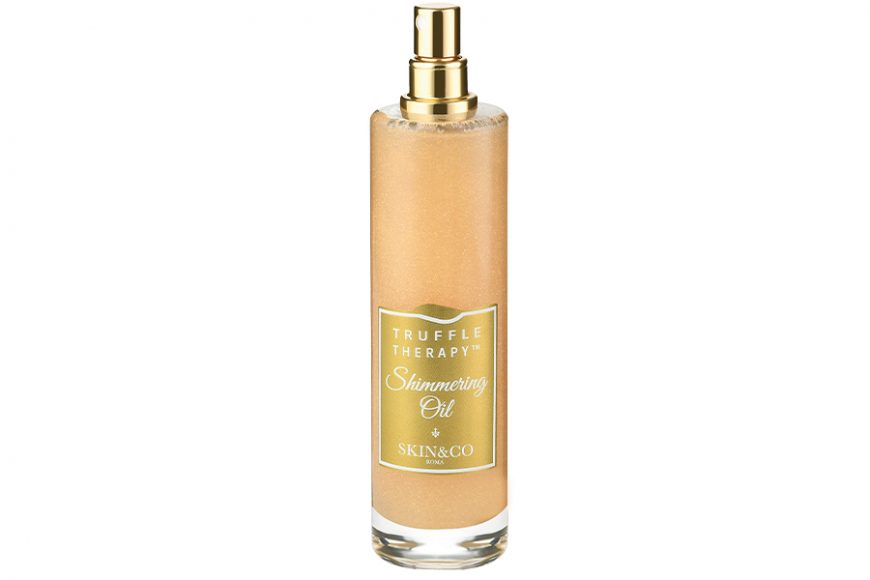“Mascara is like pasta,” said Fabio Berchi, CEO of SiFarma. Just as no two pastas are alike in Italy, no two mascaras are alike, whether it’s Ancorotti Cosmetics’ classic black mascara or Eva Garden’s edgy Colour Vibes collection.
Berchi was speaking at “Italian Beauty 360: From Concept to Consumer,” a recent panel discussion of industry experts held at the Italian Trade Commission in Manhattan. The event, moderated by Liz Ritter, executive editor of NewBeauty, was hosted by the Italian Beauty Council and “Beauty Made in Italy” — a program launched by the Italian government and Cosmetica Italia that is designed to promote the excellence and availability of the Italian brands and products to the $89.5 billion U.S. beauty market, the largest in the world.
Although Italy has only a small slice of that American pie, $1 billion, the slice is growing as the nation is moving up from sixth beauty supplier to the United States to fifth. And that is great news for Italian women, who make up 65% of the beauty industry’s labor force in both manufacturing jobs and executive positions. It is a noteworthy statistic, Berchi said, in a country with an otherwise traditional view of the division of labor between the sexes.
The panel discussion explored the reasons for Italy’s success in the U.S., beginning with a sensuous, “La Dolce Vita”-style video tribute to Italian culture, set to “Be Italian” from the musical “Nine.” As with Italian food, fashion and cars, said Berchi, Cosmetica Italia’s board member in charge of internationalization, Italian beauty products are made with superior ingredients, style and craftsmanship, controlled by a family-owned, small business model.
The other panelists — Ian Ginsberg, president of C.O. Bigelow Apothecaries and Bigelow Trading; Mary Ann Guarino, U.S. vice president of Ancorotti Cosmetics; and Alyson Lord, senior partnerships manager of Ipsy, the world’s largest beauty subscription service — echoed Berchi’s remarks, adding the key roles that innovation (Guarino), passion (Ginsberg) and storytelling (Lord) have played. Indeed, the word “storytelling” kept cropping up, as exemplified by Skin & Co Roma’s line of light but luscious skincare products containing truffle oil extracted from those rare mushrooms, foraged in Italy’s Umbrian region by company founder Gabriel Balestra and his family.
With its “farm-to-face” narrative, “Skin & Co has been a fantastic brand for us,” said Lord. But she cautioned against thinking that the beauty biz is only about storytelling.
“Marketing only goes so far,” she said. “You can’t fake quality.”
While Italy has quality in spades, the panelists noted that its progress in the U.S. has been uneven. Known for a superb gift for color that predates the Renaissance, Italy has soared with cosmetics while struggling to make inroads with its worthy skincare lines. The small business model that has been the backbone of Italian cosmetics success has been a challenge in its skincare companies competing with the bigger players, SiFarma’s Berchi said.
South Korea would seem to have the opposite problem. K-Beauty, as its health-oriented, pigment-less skincare products are collectively known, has exploded on the American scene in recent years. Its millennially minded cosmetics have made less of a splash. Millennials aren’t necessarily brand loyal, Lord noted.
The panel foresees up-and-down progress for K-Beauty as skincare-infused cosmetics grow in popularity, and steadier growth for I-Beauty. Surely, I-Beauty is counting on the notion that everyone will want to be — and thus buy — Italian.
For more, visit beautymadeinItaly.com.


